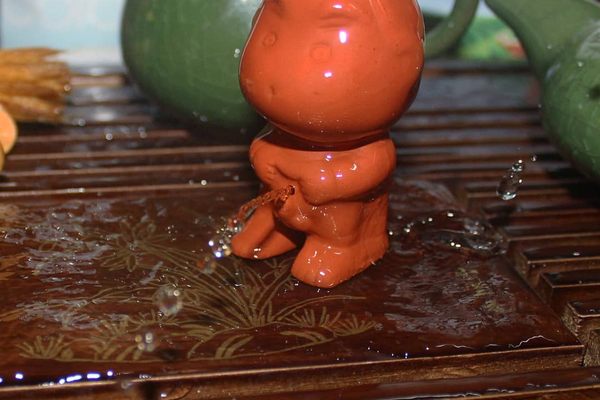Swiftlets in Southeast Asian caves have an unusual method of building their nests: spitting. The birds’ saliva sticks to cave walls, then hardens into firm, white cups that house their eggs. After the birds migrate, brave harvesters scale rickety bamboo ladders and peel away the nests. They will be made into a very unique, very expensive soup.
Why is bird’s nest soup expensive? Peddlers justify the hefty price tag, which can range from $40 per bowl to thousands of dollars per pound, by citing the small yield and dangerous harvesting process. (Many gatherers fall to their deaths—not that the money is going directly to them.)
Despite the decadence of its expense, the nest itself has a bland flavor. This is why chefs clean the dried saliva in water and season it with chicken broth, ginger, and Yunnan ham. A dessert version coats the noodles in rock sugar for a more syrupy effect. After simmering with the other ingredients, the nest develops a uniquely gelatinous texture that attracts many fans in China and Hong Kong.
Chinese traditional medicine practitioners believe the dish relieves digestive problems, clears the complexion, and boosts the libido. Critics, however, note that the soup lacks sufficient nutritional value to justify its price tag. A 1998 study, for example, found that a single egg had the same amount of protein as 26 bottles of the soup.
Conservationists have also noted that over-harvesting disrupts breeding and reduces swiftlet populations. Due to growing demand, poachers often steal nests from protected areas or gather them before the birds’ migration season, while the eggs are still inside. The competitive industry has also sparked violence: A 2000 exposé in the SF Gate described government-licensed harvesters employing private armies to guard caves and shoot at both poachers and “unauthorized” passersby such as fishermen and tourists.
For a safer, more sustainable method of collecting nests, countries like Malaysia, Myanmar, Thailand, and Indonesia have turned to swiftlet farming. Swiftlet houses, looming structures that play special sounds to lure the birds inside, are becoming big business. In 2013, there were 60,000 such houses in Malaysia.
Researchers don’t know yet if the farms are having a positive effect on swiftlet populations. But they’re certainly more ethical than poaching from a protected cave in a national park. Knowing that your bird’s nest soup came from a farmer instead of a poacher might make the viscous strands taste a little sweeter.
Written By
 Sam OBrien
Sam OBrien
Sources
- books.google.com/books?id=4ZPTAgAAQBAJ&printsec=frontcover&dq=extreme+cuisine&hl=en&sa=X&ved=0ahUKEwiJ5qHchYjYAhWNON8KHW5fDgoQ6AEILzAB#v=onepage&q=bird's%20nest%20soup&f=false
- 1,000 Foods to Eat Before You Die, Mimi Sheraton (Workman, 2014), pp 794-795.
- link.springer.com/article/10.1023%2FB%3ABIOC.0000047905.79709.7f
- www.nytimes.com/2016/06/10/world/what-in-the-world/a-chinese-delicacy-straight-from-the-swiftlets-mouth.html
- www.audubon.org/news/birds-nest-soup-more-popular-ever-thanks-swiftlet-house-farms
- onlinelibrary.wiley.com/doi/10.1111/j.1474-919X.1991.tb04828.x/full
- www.sfgate.com/news/article/The-Deadly-Delicacy-Allure-of-bird-s-nest-soup-2720734.php
The Atlas Obscura Podcast is Back!

















